Silver and Gold Mine (Electrum) (Au,Ag)
Gold’s natural alloys or man-made alloys contain more than 10-15% silver, at least 20%, sometimes up to 50%, and often contain Cu, Fe, Bi, Pb, etc.
Basic characteristics
equiaxed crystal system.The color is light yellow to light yellow white. Metallic luster. It is a rare associated mineral of placer gold. Irregular grains, dendrites, veins and flakes, and connected bodies, few are round particles The surface of the particles is uneven with small pits or sponges. The surface is covered with iron hydroxide film and brown secondary film. No cleavage. Hardness 2-3. Exhibit. The proportion is 12-14.
Optical properties
opaque. The reflectance increases with the silver content, from 70% to 90%.
Chemical properties
Partially dissolved in concentrated nitric acid. After the minerals are dissolved in aqua regia and evaporated to dryness, the dry residue is treated with 1 drop of water, and then ammonium thiocyanate is added, that is, brownish yellow or dirty yellow-green hairy, mossy gold ammonium thiocyanate is generated.
Identification characteristics
The difference from natural gold is that the silver-gold mine is light yellow, sometimes yellowish white; easy to weather, and a secondary film is formed on the surface.
Genesis
It is produced in medium and low temperature hydrothermal deposits, that is, silver-lead deposits, and is associated with galena, sphalerite, chalcopyrite, pale red silver, and natural silver. Produced in pyrite type deposits and polymetallic deposits, the occurrence state is mainly interstitial gold, followed by fissure gold and a small amount of inclusion gold; gold-bearing minerals are mainly pyrite and quartz, followed by galena, Chalcopyrite, sphalerite.
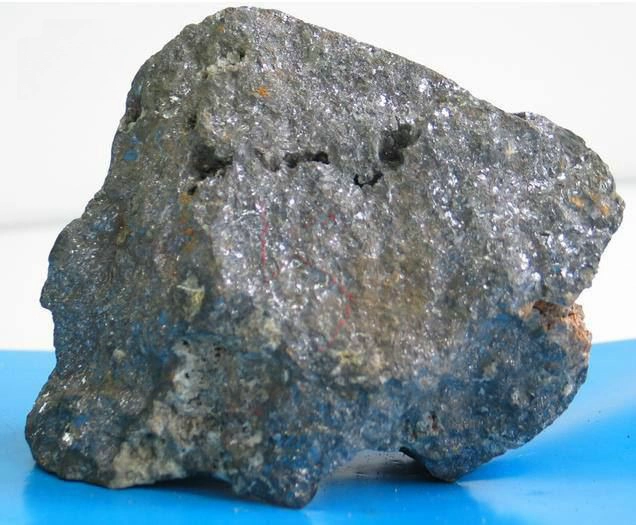
- Random article
- Popular articles
- Popular comments
- Hg-ore Gravity selection+flotation process
- Understanding the Gold Mine Flotation Process
- Gravity combined beneficiation process for black and white tungsten ore
- Laterite Nickel Ore Hydrometallurgical Process for Oxide Ore
- Lithium ore positive flotation process
- Lithium ore reverse flotation process
- Zirconium Ore Processing: Gravity, Magnetic, and Flotation Methods

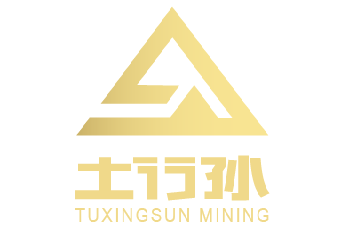
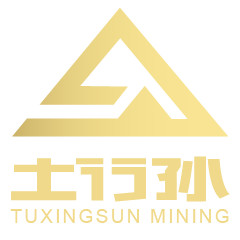

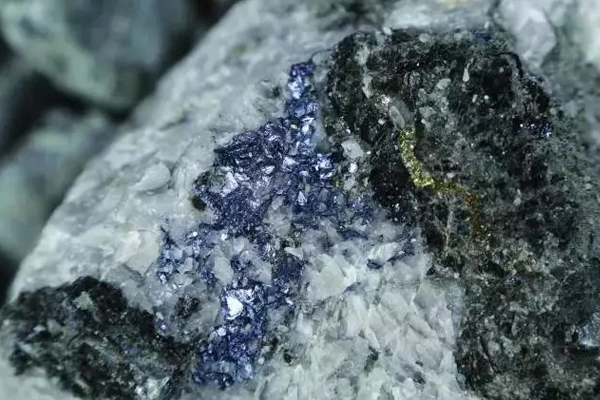

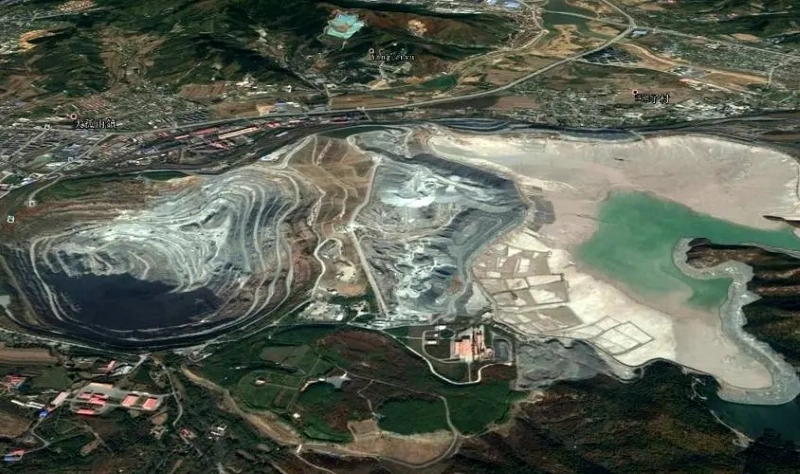
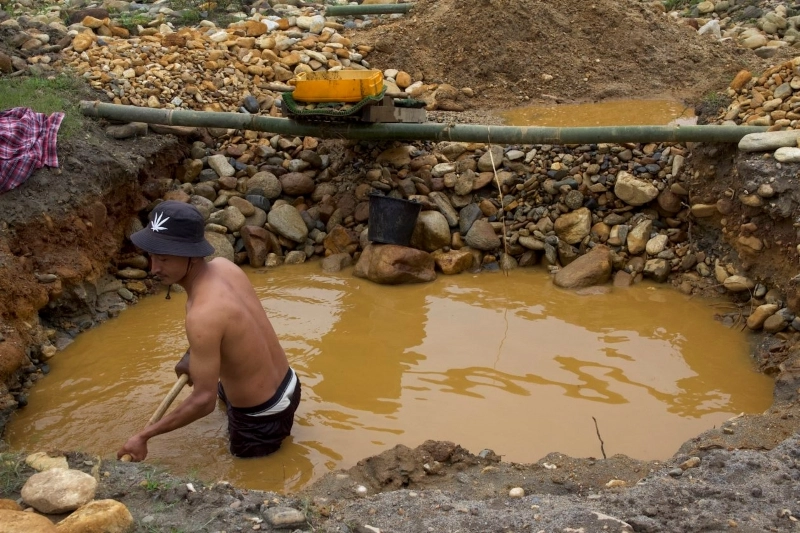
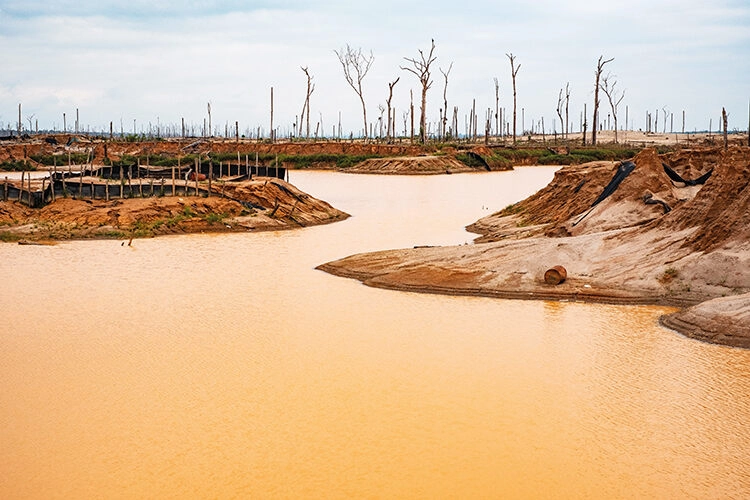
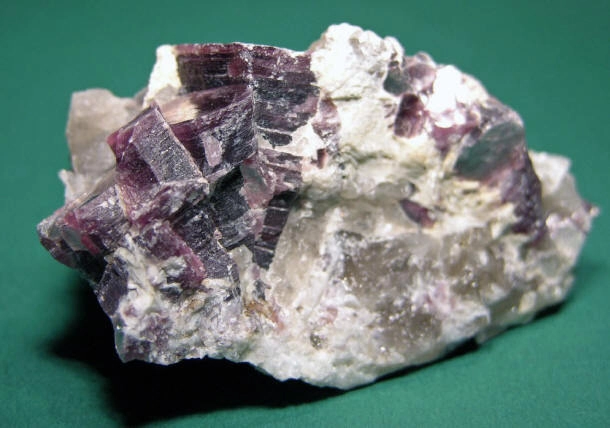
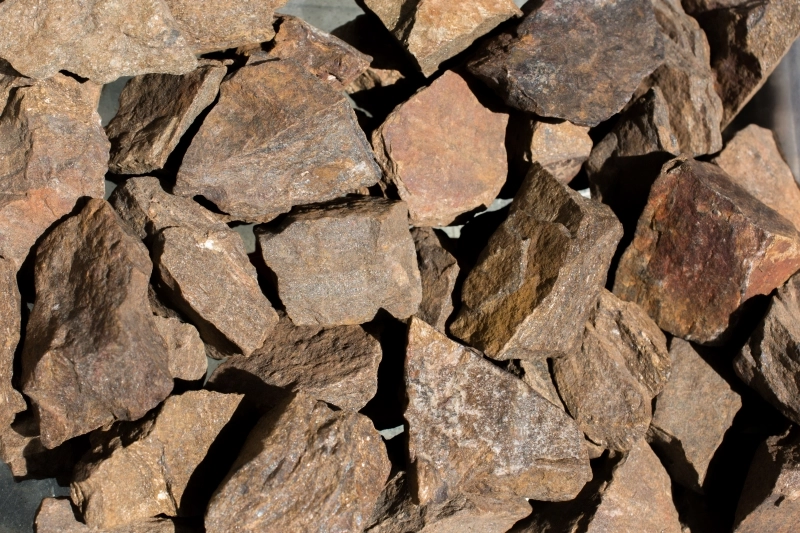
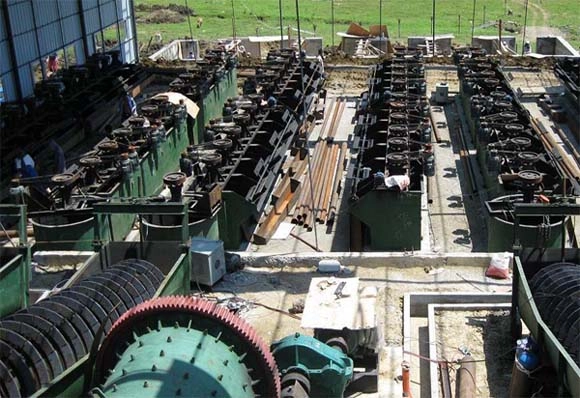
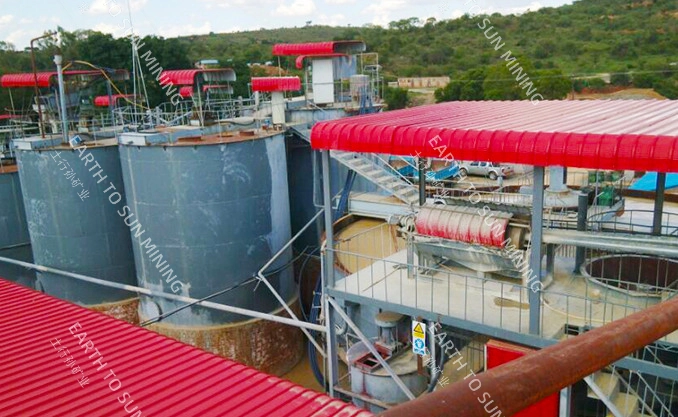
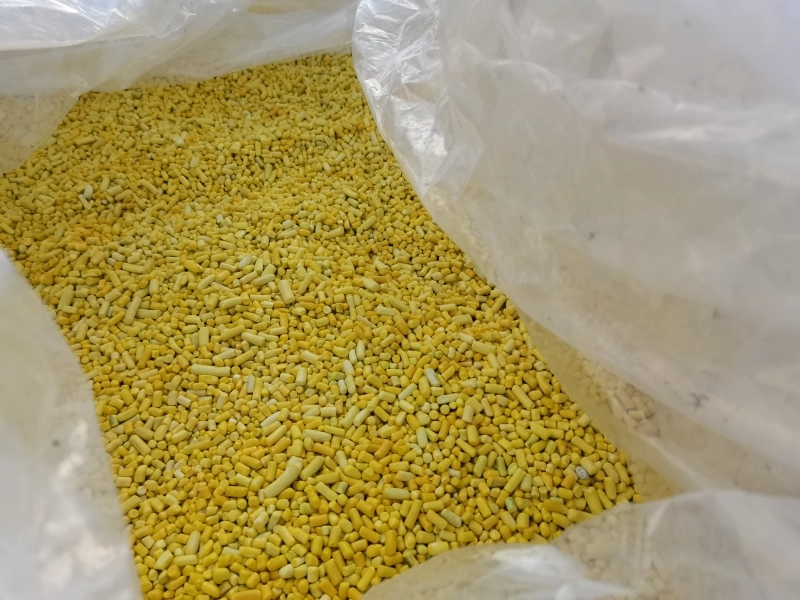
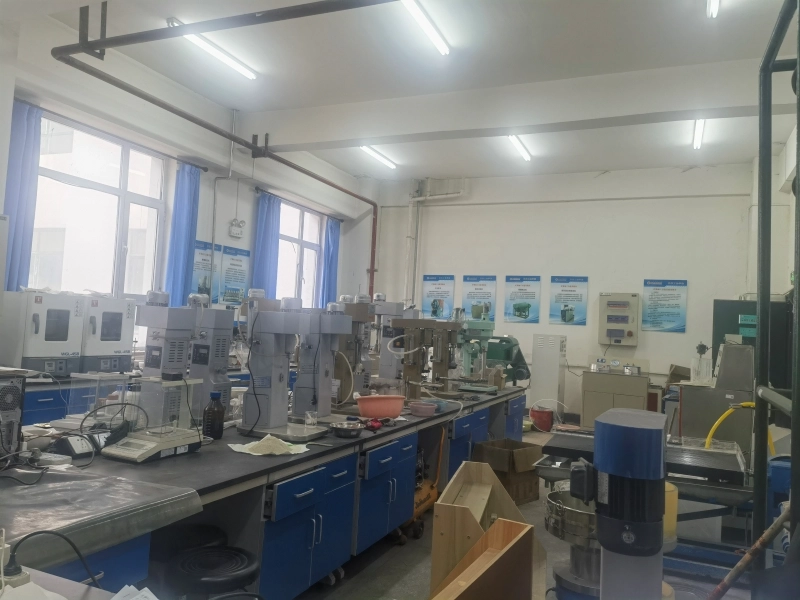

Leave a message with your needs or comments
Add comment: